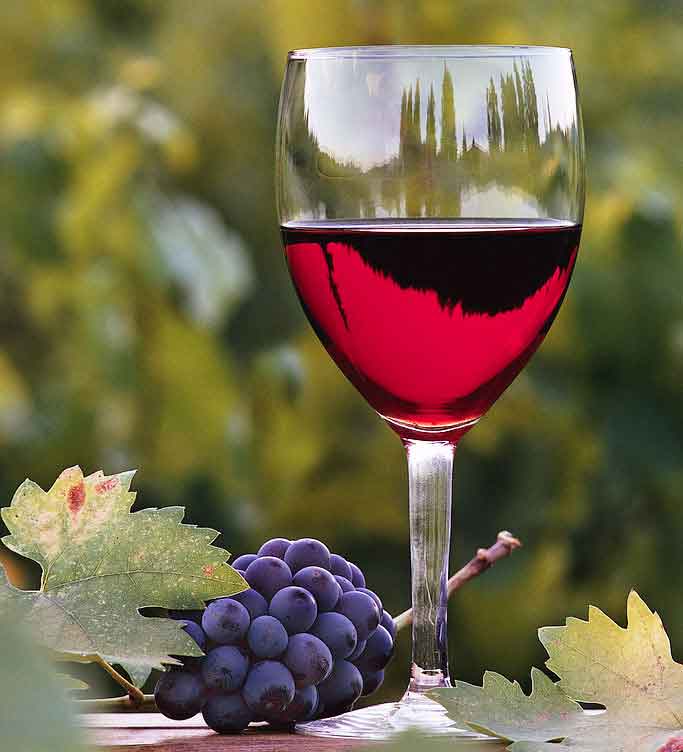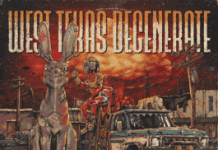BY ROBERT WHITLEY
It is often said that wine improves with age. Over the holidays I had a number of opportunities to test this oft repeated cliche. For the record, let me say unequivocally that some wines do and many don’t.
The most disappointing older wine during my recent trials was a 2003 Rombauer Chardonnay from the Napa Valley. In its youth the Rombauer chard was no doubt rich, complex and pleasing to those who enjoy a ripe, buttery California chardonnay.
At 11 years old it was oxidized and flabby, with little redeeming quality.
The most impressive older wine through the trials was a 1998 Chateau St. Jean Cinq Cepages, a Bordeaux-style red blend from Napa’s Spring Mountain District. At 16 years old it was still going strong, with excellent color, plenty of primary fruit and the beginnings of mature secondary aroma. Another 16 years would have been no problem for this wine.
So it begs the question: What to look for in a wine you hope will improve with age?
Reds, for example, derive much of their staying power from antioxidants that are present in the grape skins, seeds and stems. Because reds have more contact with the skins (which also accounts for their color), they tend to age better than whites.
Whites, on the other hand, are capable of tremendous improvement with age. Their secret seems to be a high level of acidity, which can be present in both lean whites and whites made in a riper style, such as riesling or chenin blanc.
Lean whites that can improve with age include dry semillon from Australia, Rioja blanco made primarily from the viura grape and Old World-style chardonnays harvested at lower levels of potential alcohol.
Reds that age well tend to be robust, with ample tannin, such as Bordeaux, California cabernet sauvignon, Barolo and Barbaresco and some of the finer Tuscan reds.
The beauty of wines that improve with age is the evolution of flavors that may be present but difficult to discern when a wine is young. As age-worthy wines approach maturity, they exhibit mellowness and refinement that is pure magic in the glass.
This, dear reader, is why some choose to cellar certain wines for decades, always with the hope they will pull the cork at the perfect moment.
Best Value
Wines are rated on a 100-point scale. Wines are chosen for review because they represent outstanding quality or value, and the scores are simply a measure of this reviewer’s enthusiasm for the recommended wine.
Casillero del Diablo 2013 Cabernet Sauvignon Reserva, Chile ($11) — Casillero del Diablo is an entry-level wine produced by Concha y Toro, Chile’s largest and perhaps most important wine company. This it has access to reliable grape sources on a regular basis, which is an important factor at this price point. The 2013 cab offers a burst of juicy red fruit, with a slightly herbal note that is far from off-putting. In its price range it is a star among inexpensive cabernets. Rating: 85.
Tasting Notes
Smith-Madrone 2012 Chardonnay, Spring Mountain District ($32) — Smith-Madrone may be more renowned for its cabernet sauvignon and riesling, but its chardonnay takes a back seat to no one. Spring Mountain is no stranger to world-class chardonnay, either, with Stony Hill, the neighboring vineyard, long holding sway among California chardonnay producers. This vintage of Smith-Madrone shows a toasty note on the nose, with a lemon oil nuance that is present in most great California chardonnays. With a stony mineral quality as well, this is one of the finest chardonnays I’ve yet tasted from this top-notch Napa Valley winery. Rating: 95.
Charles Heidsieck Brut Reserve Champagne, France ($65) — Charles Heidsieck’s Brut Reserve is among the finest non-vintage bruts (excepting the handful of multi-vintage tete de cuvee Champagnes), owing largely to its exceptional stock of reserve wines that make up the blend. The style is toasty and rich, but without losing its all-important backbone and structure. Rating: 94.
Stuhlmuller Vineyards 2012 Cabernet Sauvignon, Alexander Valley ($38) — This gem of a cabernet vineyard in the heart of the Alexander Valley produces some of the most robust, mouth-filling cabernet sauvignon made in California. The 2012 is ripe, lush and full-bodied, showing a floral nose with a hint of spice. On the palate the layered dark-fruit aromas show exceptional intensity, and the mouthfeel is rich and luxurious. As you would expect from an Alexander Valley cab, the tannins are supple and smooth. Tremendous bang for the buck. Rating: 93.
Allegrini 2011 Palazzo Della Torre, onese, Italy ($23) — This unique wine is consistently one of the stars of the Allegrini lineup. A single-vineyard estate wine from Verona, Palazzo della Torre is a blend of two indigenous grapes, corvina and rondinella, which are the workhorse grapes of Valpolicella and Amarone. A small portion of the blend is made from grapes that have been dried, which concentrates the sugars and intensifies body and flavor. The powerful, regal Amarone, for example, is made from dried grapes. The result here is a rich, layered red that exhibits both power and elegance. It is beautifully balanced at 13.5 percent alcohol by volume. The flavor profile shows dark cherry and black currant aromas. The tannins are smooth. The finish is long. The price is exceptional given the quality. Rating: 93.
Follow Robert on Twitter at @wineguru. To find out more about Robert Whitley and read features by other Creators Syndicate writers and cartoonists, visit the Creators Syndicate website at www.creators.com.
COPYRIGHT 2015 CREATORS.COM





